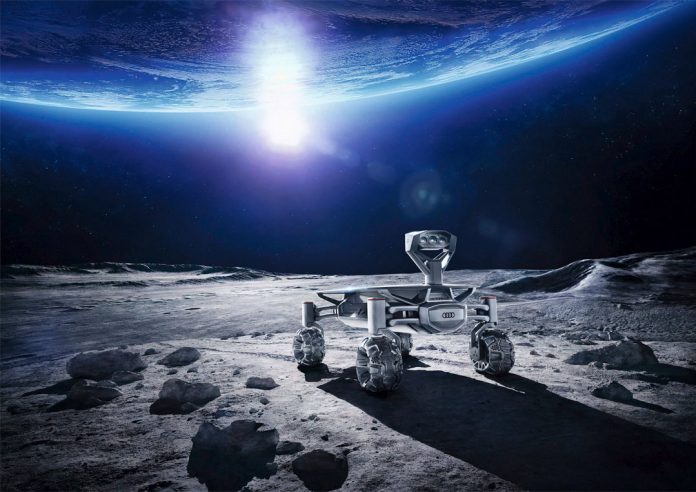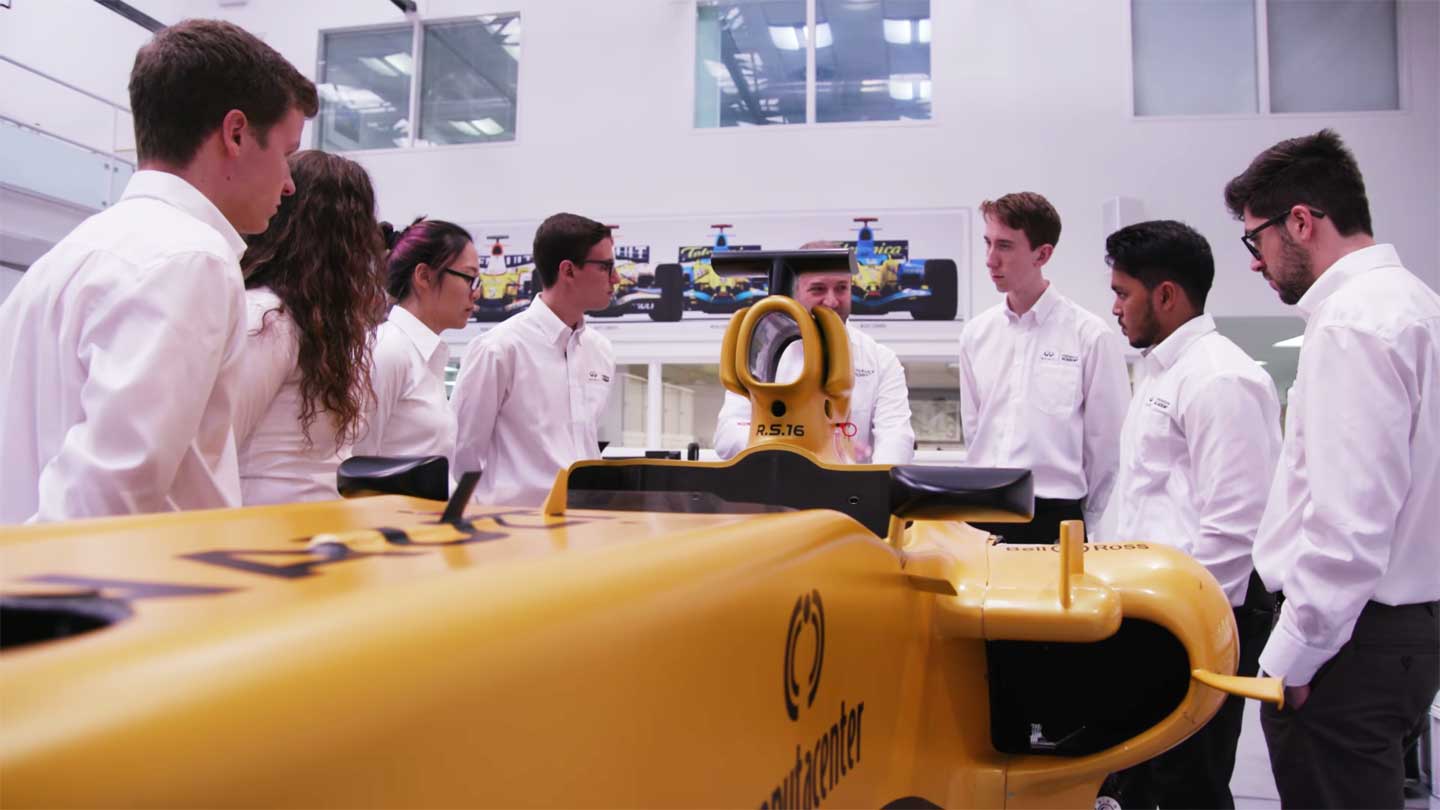
Having completed a series of challenging technical tests, the Audi lunar quattro will be taking off roading to all new levels on the Moon. The collaboration between German space travel team “Part-Time Scientists” and Audi has produced a lunar rover for the Google Lunar XPRIZE competition. Towards the end of 2017, the Audi lunar rover will make its 385,000km trip to the surface of the moon using a launcher booked with Spaceflight Inc.
A group of 16 Audi experts have been assisting the Part-Time Scientists with their specific expertise in various technical areas related to optimisation of lunar surface travel. Bringing their quattro experience, lightweight construction knowledge, e-tron system and design talents, Audi has assisted the team since their partnership announcement in early 2015.
Head of Audi Transmission Development and Development Coordinator of the Audi lunar quattro, Micahel Schöffmann said: “We are proud that we have given the moon rover important aspects of the four rings’ DNA: It is a quattro, has an e-tron battery on board, drives in piloted mode and offers an intelligent mix of materials.”
“The collaboration with the Part-Time scientists is also very enriching for us: We are breaking new technological ground with the Audi lunar quattro and can learn much about how automotive components behave in extreme conditions.”
By using aluminium 3D printed materials, Audi’s experts were able to reduce the weight of the lunar from 38kg to 30kg while also increasing the overall size along with larger wheels for increased stability thanks to a larger contact patch.
4 cameras are mounted to the Audi lunar quattro enabling it to take 3D and 360 degree pictures. One item of particular interest will be the original rover from the Apollo 17 mission located in the valley of Taurus-Littrow, not far from where the Audi lunar quattro is set to land.
There’s still much to do before launch day with environmental stress testing taking place in the Middel East still be to be completed to emulate harsh conditions on the lunar surface.
Up for grabs is the Google Lunar XPRIZE exceeding USD $30,000,000. In order to win a private team must get a rover to the moon, driver at lest 500 meters and send high resolution pictures back to earth. Originally 30 challengers entered yet only 5 teams remain with the Part-Time Scientists the only German team.






